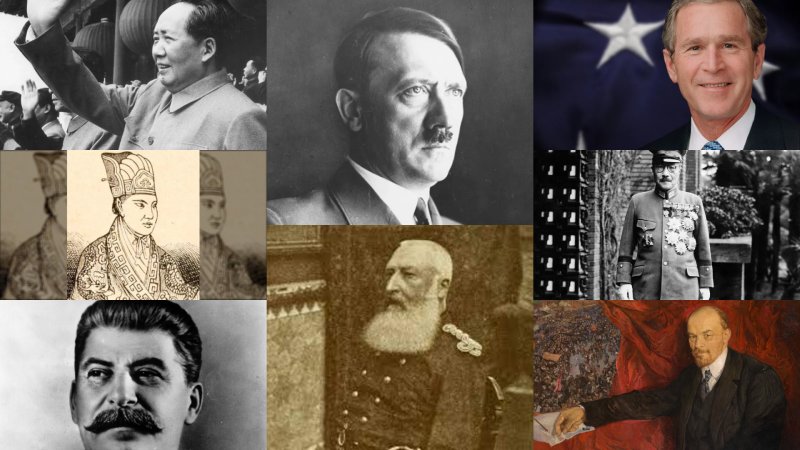In the course of history, some leaders have left indelible marks on the world not for their achievements but sadly for the destruction, with one genocide after another. Some of these leaders aimed for conquest and expansion of their empires, while others sought to impose their cruel ideologies, viewing those who didn’t follow their rules as enemies.
Whether driven by personal ambition or otherwise, these military and political leaders led to the immense suffering and death of millions, either directly or indirectly. Nevertheless, they still shaped history in profoundly disastrous ways. Their actions, though disastrous, altered the historical trajectory of empires and nations. The consequences of their regimes are still felt to date, acting as disturbing examples of the cost of unchecked power.
In this list, we are going to delve into ten of history’s most lethal leaders and look into their policies, military operations, and vicious reigns that led to the destruction and loss of lives.
Top 10 Most Lethal Leaders The World Has Known
1. Mao Zedong
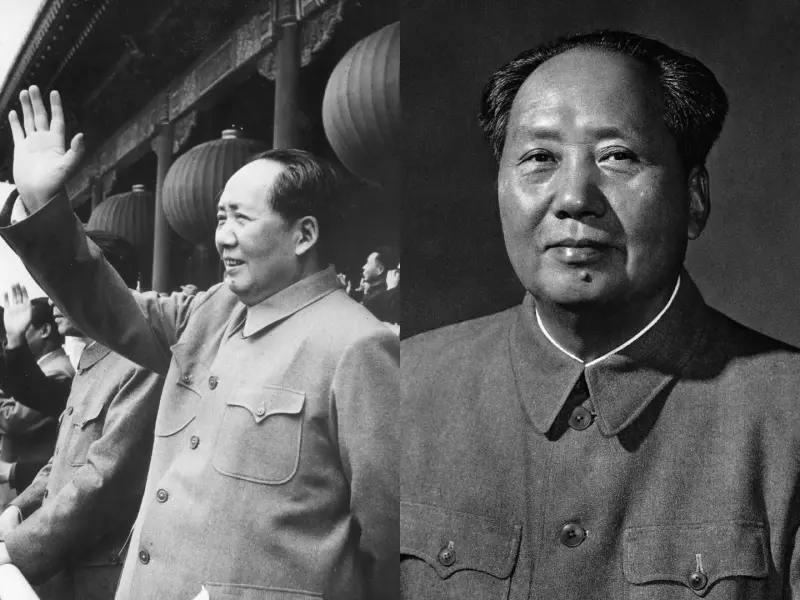
Mao founded the People’s Republic of China in 1949, where he was the chairman until he died in 1976. His policies were significant in shaping China into an international political power. All this came at a cost as millions lost their lives many times by persecution, making Mao a more lethal leader than any other who preceded him. There are many estimates of the number of people who died during his reign, but the most common citation is 65 million.
Although Mao caused the deaths of millions, there was a great leap forward, which was an economic and social effort to transform the PRC from an agricultural society to an industrial one. Mao’s barbaric policies led to the Great Chinese Famine, which resulted in the deaths of 45 million people between the years 1958 and 1962. He later introduced the Cultural Revolution that ended the alleged “Counter-revolutionaries” of Chinese society.
2. Joseph Stalin
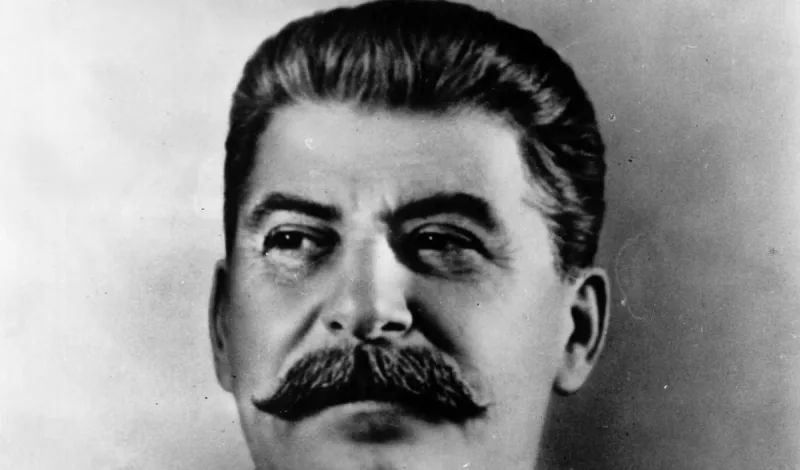
Often mentioned mainly in the Soviet Union that he led from 1924 to 1953, Joseph Stalin is one of the most lethal dictators. From consolidating power to establishing a Soviet dictatorship, Stalin remained in power until the fall of the USSR in 1991. Stalin’s rise to power was ruthless as he slaughtered anyone who got in his way, leading to the death of many Russians who died during the Great Purge.
Stalin enforced policies such as Soviet agriculture into a collectivized state. He took lands and property from millions, improving Soviet industrialization that took part between May 1929 and June 1941. During his reign, a great population was placed into forced labor camps, where many died from the dreadful conditions while others were executed as part of the Soviet Expansion Policy.
His reign is marked by the death of not only troops who were sent into combat during World War II but also the Soviet citizens he slaughtered or died as a result of forced famine. There are several proposed estimates of the number of people who died during his reign, ranging between 40 and 60 million.
3. Adolf Hitler
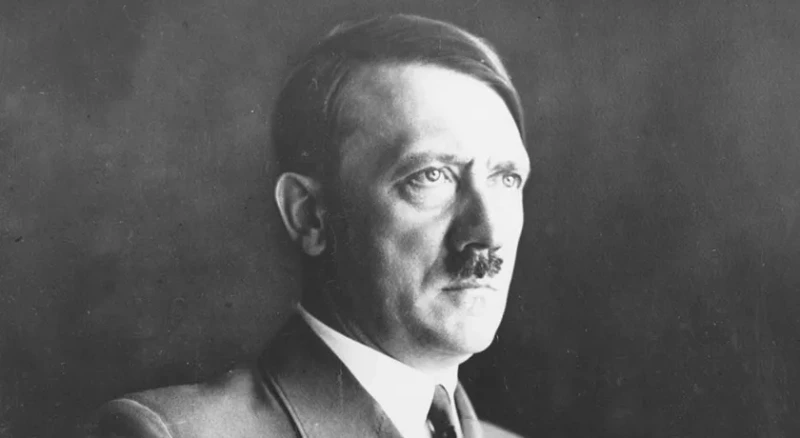
Whenever the topic of the deadliest dictator arises, Adolf Hitler is the first name to pop up since his reputation precedes him. He may not be the worst dictator, though his reign caused the death of millions, Jews in particular, whom he considered not ideal for his perfect society. Other people who were murdered under his rule include Prisoners of War, Soviet civilians, Serbians, Poles, and many more.
Adolf Hitler’s reign saw the invasion of Poland in the year 1939, which triggered the European phase of World War II. Throughout this war, The Nazi military Rounded up and executed over 11 million victims who they deemed inferior or undesirable, such as Jehovah’s Witnesses, homosexuals, and the elderly.
4. Hong Xiuquan
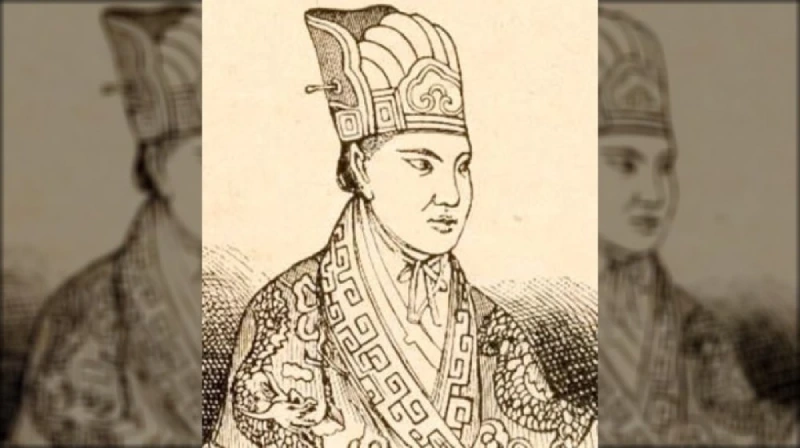
Hong Xiuquan was a Chinese revolutionary leader behind the Taiping Rebellion that lasted between December 1850 and August 1864 against the Qing dynasty. Xiuquan named himself the “Heavenly King” after the establishment of the Taiping Heavenly Kingdom. Hong Xiuquan also claimed that he was the brother of Jesus Christ and established his reign as a Christian.
This rebellion led to the death of over 30 million people, many of whom were civilians. Most of them died mainly through military engagement, while others died from famine and disease brought by the Taiping Rebellion.
5. King Leopold II
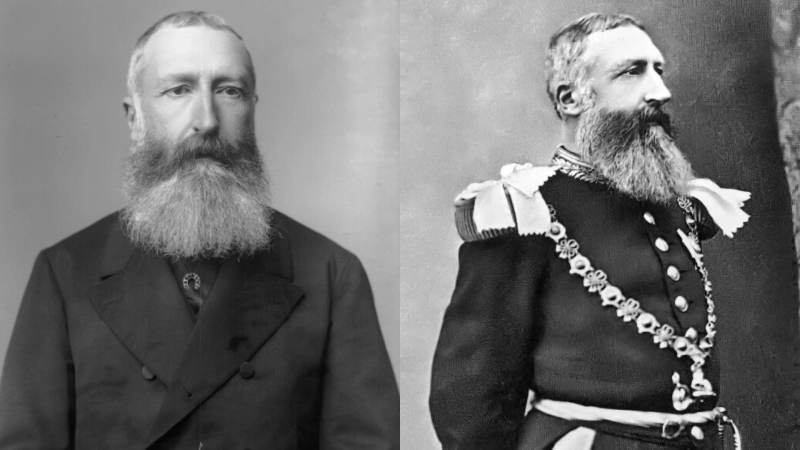
King Leopold II is an infamous name in Africa, particularly in Congo, where he seized control during the colonization period. During his conquest, millions died while others were enslaved, all this to strip the land of its ivory, rubber, and other natural resources. He commanded his troops to use any means necessary; these included beating up innocent people, cutting off their hands, torture, burning houses, and murder to achieve his goal.
Leopold’s campaign saw the death of millions as it was one of the first industrialized “crimes against humanity,” though it wouldn’t be the last. The genocide in Congo under his reign is one of the most brutal ones ever recorded in history.
6. Vladamir Lenin
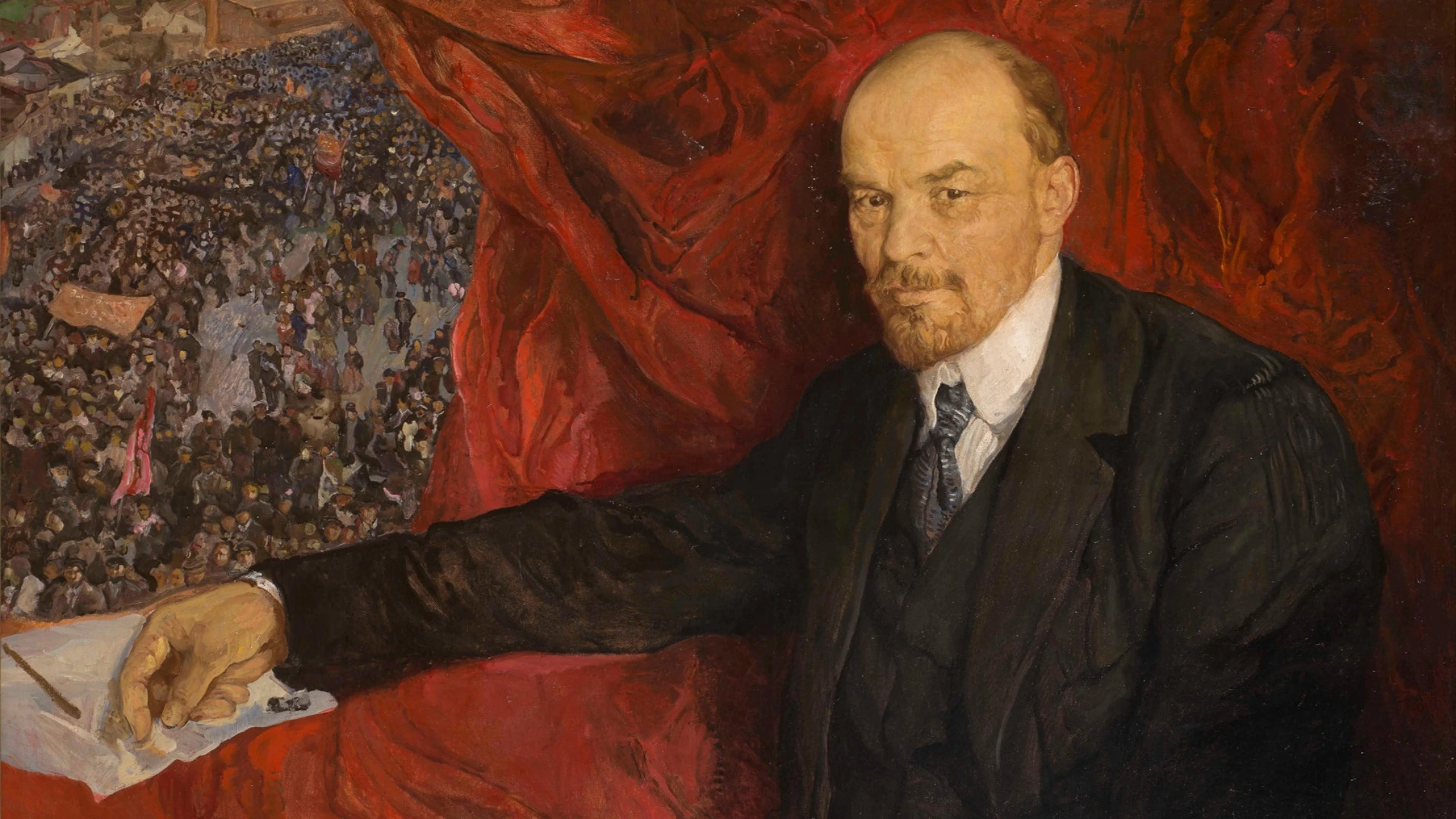
Vladamir Lenin was a revolutionary leader who established the basis for communist power in Russia. Lenin is mostly attributed to spearheading the Bolshevik Revolution in 1917. Vladamir’s leadership came at the cost of many lives. His policies, especially during the Russian Civil War between 1917 and 1923, led to widespread famine, violence, and repression, and millions died.
During Vladamir’s reign, Lenin employed brutal techniques to retain power and suppress opposition. He established the Red Terror, a campaign of political purges and mass execution that targeted anyone seen as a threat to Bolshevik power. Other policies like War communism focused on industry and agriculture control, aggravating food shortages and contributing to a devastating famine that led to the death of many.
7. George W. Bush
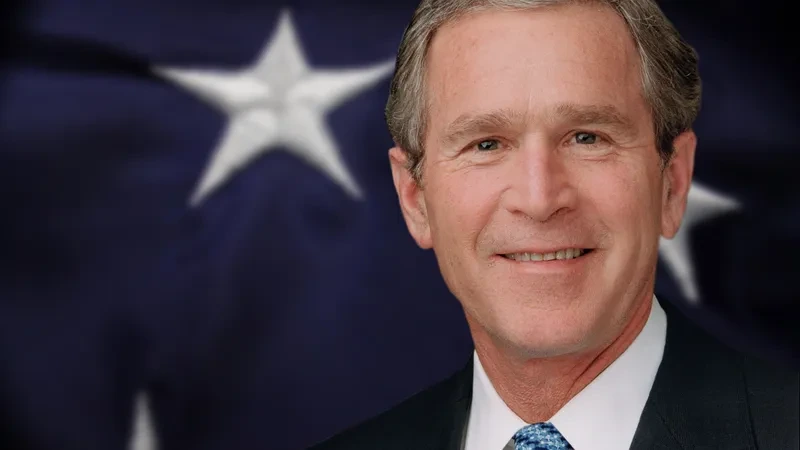
September 11, 2001, is widely recognized in American history texts. On this day, almost 3,000 civilians were killed as several notable buildings were destroyed in a terrorist attack on American soil organized by a terrorist organization known as Al-Qaeda. Goerge W. Bush was only eight months into his presidential term. He responded just like any other president would – with the full force of the military.
George W. Bush launched the “Global War on Terror,” which initially focused on two nations, Iraq and Afghanistan. This campaign led to the birth of Operation Iraqi Freedom and Operation Endure Freedom. The Global War on Terror resulted in an estimated 4.6 million deaths from the two wars waged by the United States military.
8. Hideki Tojo
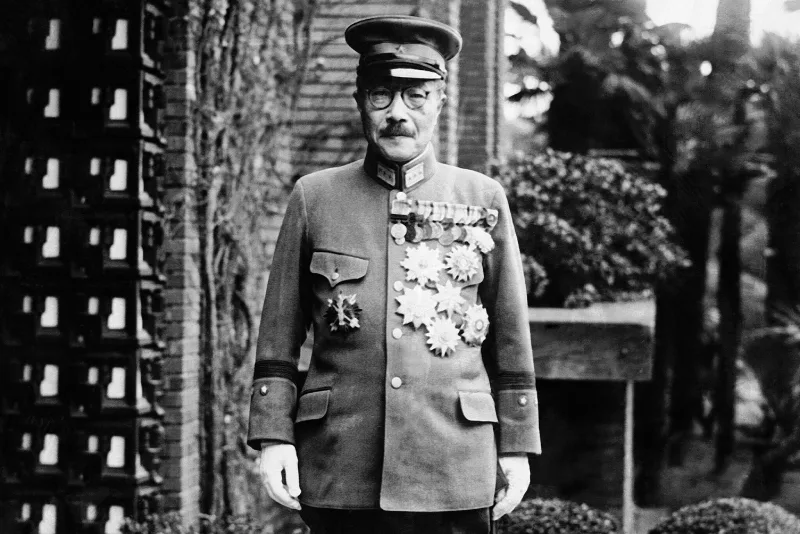
Japan invaded several nations, such as China, Korea, Manchuria, and the Philippines, long before World War II started. During these invasions, the Imperial Japanese Army conducted a campaign of vicious genocide as it seized mainland Asia. At the forefront of all this was Hideki Tojo, the General and Chief of staff of the Kwantung army before his advancement to Prime Minister of Japan.
It was during his reign as Prime Minister that he pressed for the attack of the United States, which responded by bombing Japan. In Asia, he led his troops through civilian lands where he slaughtered people, thus earning the name “Asian Holocaust”. His Japanese troops conducted biological and chemical attacks, killing and placing people into sexual slavery.
9. Yahya Khan
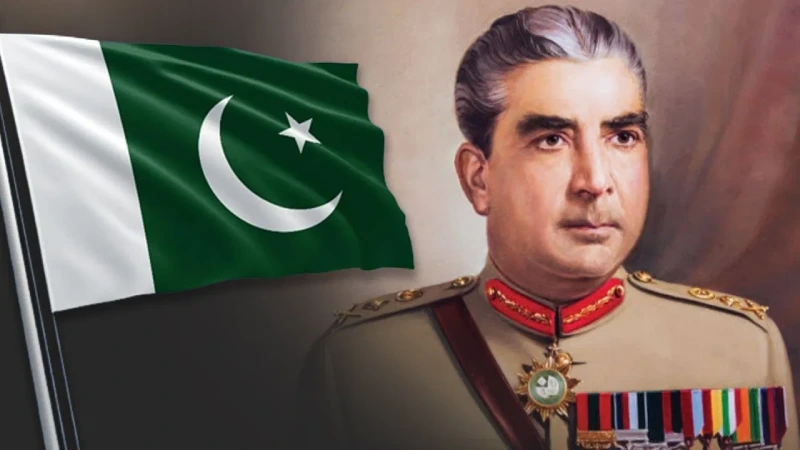
Yahya Khan was the Commander in Chief of the Army before being elected as Pakistan’s third president, where he served from 1969 to 1971. Approximately three million civilians living in East Pakistan (Bangladesh) perished in the 1971 genocide in Bangladesh, for which he was a primary instigator. He was opposed to the ongoing movement for Bengali independence, and this led to the conflict.
The Bangladesh genocide endured between March and December 1971 and led to the rapid increase of their military. Pakistani military and militias raped, killed, and brutalized an unknown amount of people, estimated at three million, while others were left displaced. Pakistan mostly targeted Hindus, where Khan was involved and was later sentenced to house arrest.
10. Pol Pot
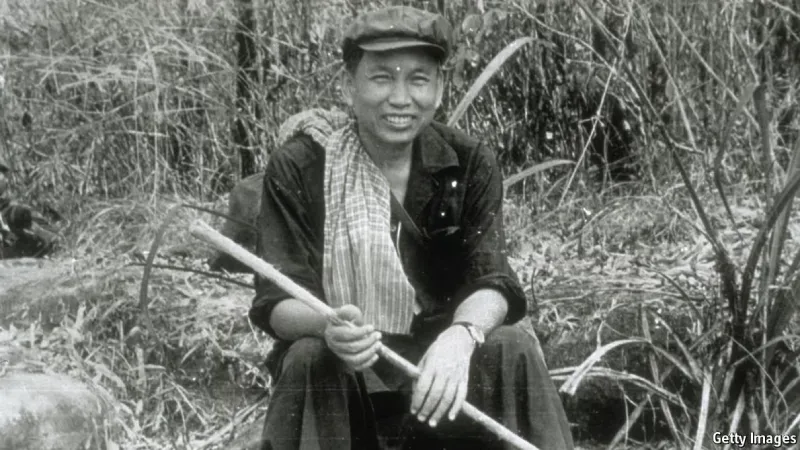
Renowned for his cruelty, widespread killings, forced labor, and almost total extinction of a country, Pol Pot is among the most lethal dictators in history. He led Democratic Kampuchea (Cambodia) as prime minister from 1976 to 1979, and almost a quarter of Cambodia’s population was wiped off during his communist revolution regime.
Pol Pot ascended to power after the Khmer Rouge’s victory in the Cambodian Civil War and then implemented a rabid program that transformed Cambodia into a classless, agricultural society. His ideology was to eliminate capitalism and modernity, so he ordered the mass evacuation of cities into forced rural labor camps. These camps subjected people to devastating conditions, starvation, and diseases.
Winding Up!
Leaders who have killed millions due to a combination of ideology, ambition, and cruelty have left scars on history. These leaders frequently sacrificed their people to impose their divisive ideologies using military force and political authority.
Whether through famine, war, or genocide, their reigns brought immense suffering and left painful scars on human history. While their legacies may include political transformations or industrial progress, these legacies are overshadowed by the catastrophic human toll they inflicted upon the world.
